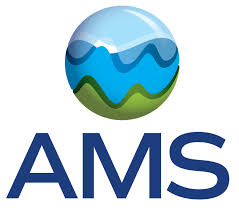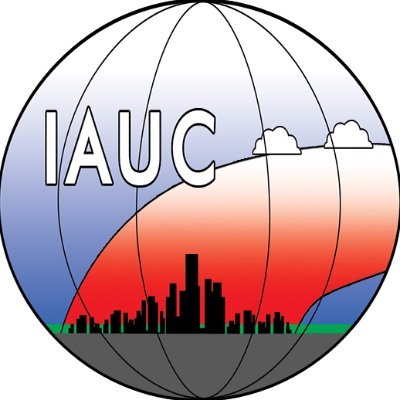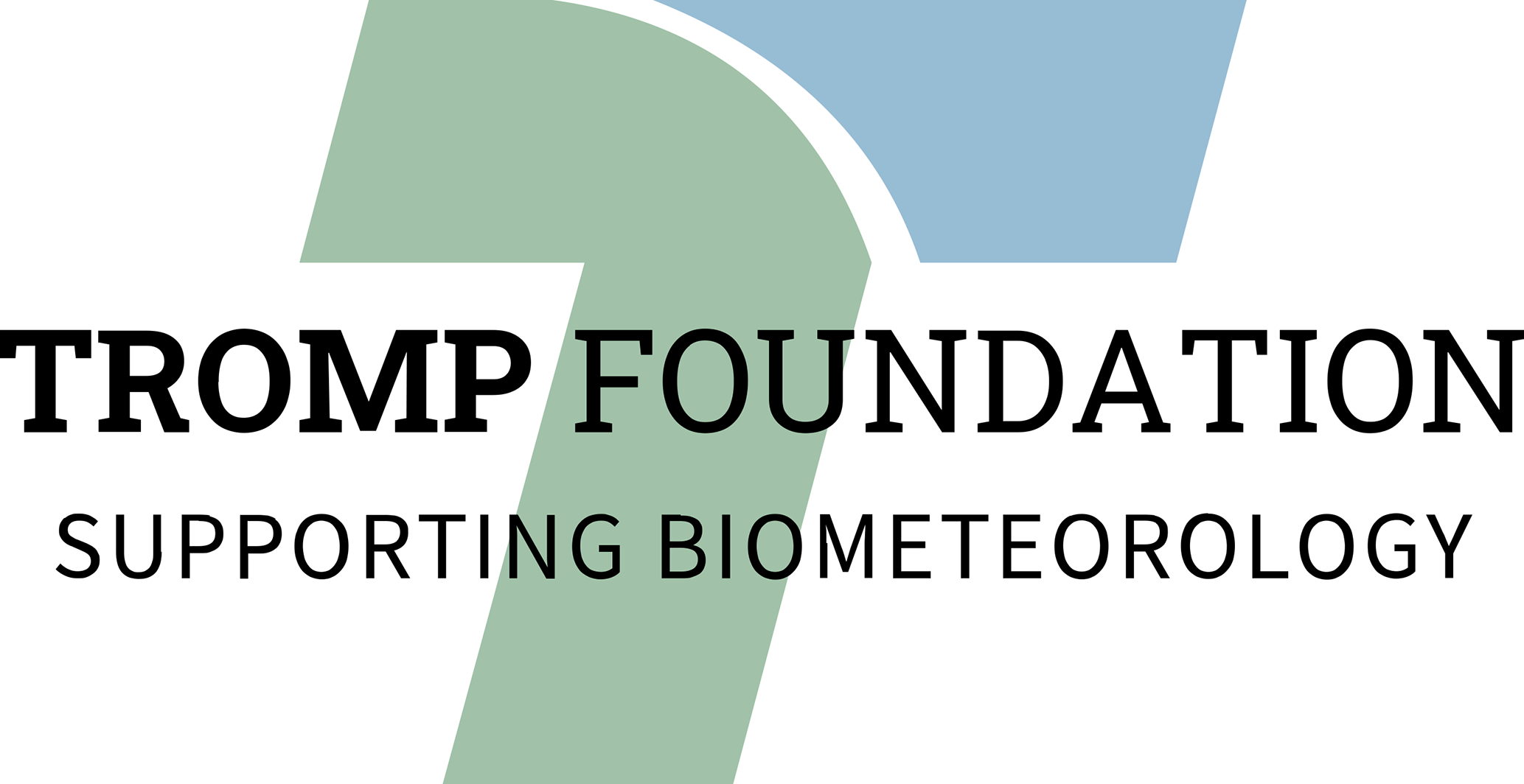Beyond UHI – new urban overheating indicators for science and policy
Therefore, it has been argued before, that we should focus on urban overheating, intra-urban heat variation, more human-centric approaches, and biometeorological variables. On the other hand, to gain impact in policy, metrics need to be simple, understandable and fit-for purpose (i.e. for assessing urban overheating risks and the effectiveness of mitigation measures), and the respective data needs to be available. If we do not manage to deliver these metrics, other players will fill the gap, who might be less concerned about scientific rigor.
In this session, we want to discuss these conflicting priorities and ways ahead. We seek contributions beyond UHI indicators, which fulfil the above criteria and ideally build on the success of the UHI to deliver policy-relevant information.
Setting the scene
11:00–11:15
|
ICUC12-839
|
Onsite presentation
Indices and case studies
11:15–11:30
|
ICUC12-314
|
Onsite presentation
11:30–11:45
|
ICUC12-214
|
Onsite presentation
11:45–12:00
|
ICUC12-416
|
Onsite presentation
12:00–12:15
|
ICUC12-449
|
Onsite presentation
12:15–12:30
|
ICUC12-1043
|
Onsite presentation
12:30–12:45
|
ICUC12-662
|
Onsite presentation
12:45–13:00
Overall discussion




